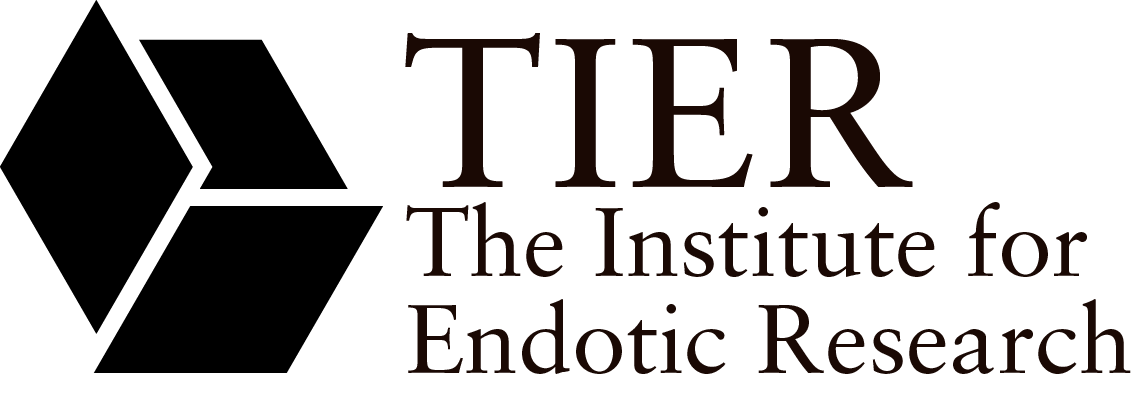Editing Spaces
The Institute for Endotic Research (TIER) seeks to present a transdisciplinary approach that brings together art practice and writing. The French literary group Oulipo started to combine techniques from mathematics to create generative systems to facilitate the practice of writing. The way that they applying mathematics was through constraints: in a playful manners, for each piece there were a set of rules. Using these protocols, they were able to exercise the imagination and go beyond the self-imposed frame. In many cases, these games were directly related to the practice of space.
The space was the subject or one one of the characters in their fictions like Quenau’s Exercises in Style, where there are 99 ways of retelling the same story in a bus in trasnsit, or Perec’s Life: A Users Manual devoted to the description to the relationships of the different houses in a building in Paris. The map of the building was in the shape of a chessboard, and each room connected to the next using the movements of the horse. Like in this last example, the space is not only a character, but also the key element to develop a technique. Jacques Jouet’s Subway Poems are a good example: each of the lines of the poem must be written in the trajectory between one station and the next one; the poem itself would be composed of the trip in the subway.
In Oulipo, the combination of space and writing produces a quite interesting device. On one hand, it produces a reading of the surroundings as a practice of exploring the unnoticed and the everyday life in a situated manner. It proposes an exercise of microhistory, full of the political potential of the intimate. On the other, it tights space and its narration, reflecting about the conventions on how space is produced. Their proposal is a machine to think about how protocols are shaping our lives, and which are the constraints that give structure to social rituals. In that sense, Oulipo gave us tools not only to understand, but to produce institutions: these are no other than a set of rules with which we are compelled to play the game with. When thinking about institution and exhibition making, the learnings from this group are priceless. The exhibition can be understood as a group of textual constraints to be practiced and edited, by reading and by writing.
One of the meanings of the word publication is to make something public. If the relations between local and global are regarded as a text that can be read through contemporary art practices, a pertinent tactic would be to substitute the idea of exhibition with publication. This means to understand exhibitions as narrative machines, as expanded books that can also unfold a set of other possibilities such as cross-temporal approaches, choreography of bodies moving through the extensive idea of text and support structures.
The work of the artists/curators invited to Editing Space develops from translations from texts to installations, from transitions between the written and the performative. The project develops as a group exhibition develop through time: each 2 weeks, there is more contribution added to the space, creating a palimpsest. At the end there is the space with all of them and a publication that collects all the contributions.
With: Discoteca Flaming Star, Alicia Kopf, Josep Maynou, Mattin and Laura Vallés.
Supported by the program PICE of Acción Cultural Española.
